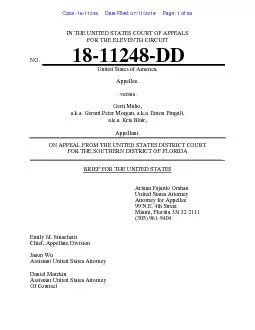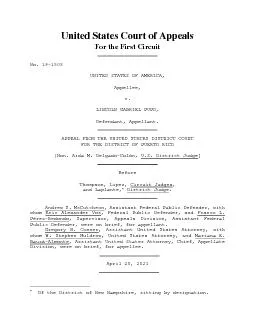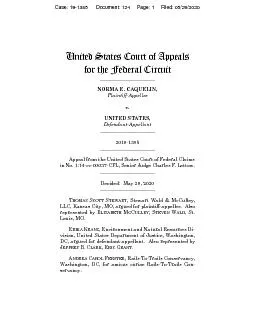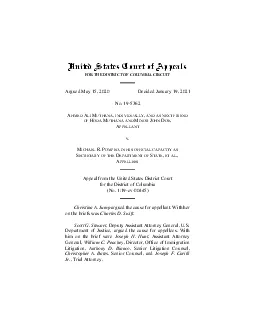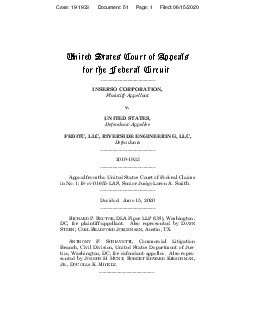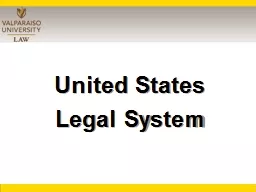PDF-PUBLISH IN THE UNITED STATES COURT OF APPEALS FOR THE
Author : jane-oiler | Published Date : 2015-05-06
12 10378 D C Docket No 309 cv 00092 TCB AMBER NICOLE WRIGHT llllllllllllllllllllllllllllllllllllllll Plaintiff Appellant versus FAROUK SYSTEMS INC lllllllll lllllllllllllllllllllllllllllll
Presentation Embed Code
Download Presentation
Download Presentation The PPT/PDF document "PUBLISH IN THE UNITED STATES COURT OF AP..." is the property of its rightful owner. Permission is granted to download and print the materials on this website for personal, non-commercial use only, and to display it on your personal computer provided you do not modify the materials and that you retain all copyright notices contained in the materials. By downloading content from our website, you accept the terms of this agreement.
PUBLISH IN THE UNITED STATES COURT OF APPEALS FOR THE: Transcript
Download Document
Here is the link to download the presentation.
"PUBLISH IN THE UNITED STATES COURT OF APPEALS FOR THE"The content belongs to its owner. You may download and print it for personal use, without modification, and keep all copyright notices. By downloading, you agree to these terms.
Related Documents

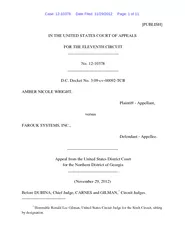
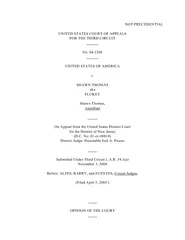
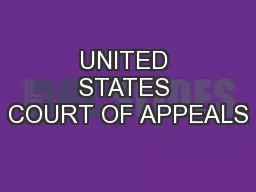
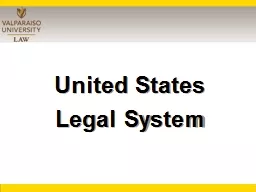
![PUBLISH]IN THE UNITED STATES COURT OF APPEALSFOR THE ELEVENTH CIRCUIT_](https://thumbs.docslides.com/240850/publish-in-the-united-states-court-of-appealsfor-the-elevent.jpg)
![[PUBLISH]IN THE UNITED STATES COURT OF APPEALSFOR THE ELEVENTH CIRCUIT](https://thumbs.docslides.com/264698/publish-in-the-united-states-court-of-appealsfor-the-eleven.jpg)
![[PUBLISH]IN THE UNITED STATES COURT OFAPPEALSFOR THE ELEVENTH CIRCUIT_](https://thumbs.docslides.com/323264/publish-in-the-united-states-court-ofappealsfor-the-elevent.jpg)
![[PUBLISH]IN THE UNITED STATES COURT OF APPEALSFOR THE ELEVENTH CIRCUIT](https://thumbs.docslides.com/818709/publish-in-the-united-states-court-of-appealsfor-the-eleventh-circuit.jpg)
